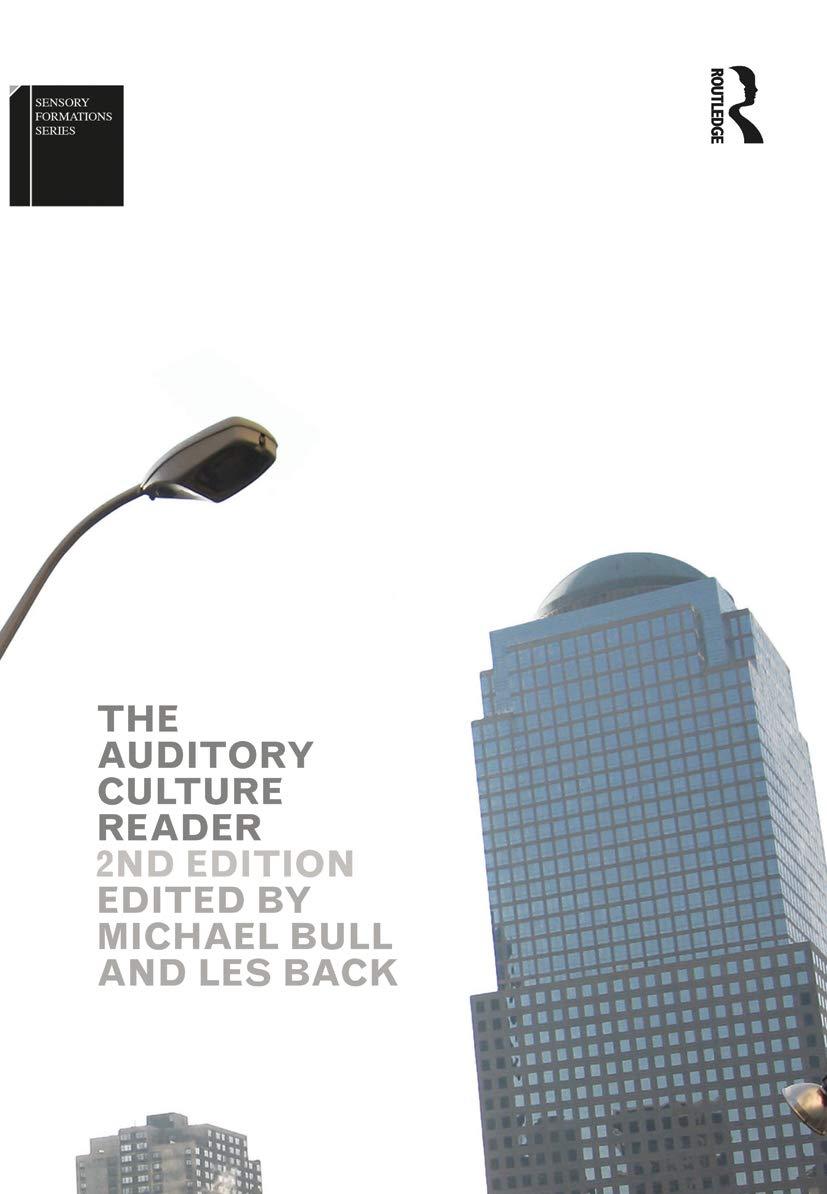Portfolio Allocation: Consider a portfolio allocation problem that is a special case of the one studied in class. An investor has initial wealth W0=$100. The investor allocates the amount x towards risky stocks, which provide return RG=0.3 in a good state of the world that occurs with probability 0.5 and return RB=0.05 in a bad state of the world that occurs with probability 0.5. The investor allocates the remaining amount W0x towards a safe risk-free bond, which provides the return RF=0.1 in both states of the world. Short selling (xW0) are allowed. Assume the investor's preferences are described by von Neumann-Morgenstern expected utility where utility comes from final wealth and their utility function is the natural log function: u(W)=ln(W). The investor chooses x as to maximize their expected utility. (a) (13 points) Find the first order condition of the investor's unconstrained optimization problem. (b) (13 points) Using your answer to part ( 2a), solve for the optimal amount x that the investor should allocate towards the risky stocks. (c) (26 points) Resolve the portfolio allocation problem above, but now assuming that the investor's utility function takes the "constant relative risk aversion" form where =2, namely, u(W)=1W1y1= 12W121=W1+1. As with part (2a), start by finding the first order condition. Then, as with part ( 2b) ), solve for the optimal amount x that the investor should allocate towards the risky stocks. (d) (5 points) Which investor is more risk averse: the investor from the original problem, or the investor from part (2c)? Use this information about risk aversion to briefly explain why one of the investors invested more into the risky stocks. Portfolio Allocation: Consider a portfolio allocation problem that is a special case of the one studied in class. An investor has initial wealth W0=$100. The investor allocates the amount x towards risky stocks, which provide return RG=0.3 in a good state of the world that occurs with probability 0.5 and return RB=0.05 in a bad state of the world that occurs with probability 0.5. The investor allocates the remaining amount W0x towards a safe risk-free bond, which provides the return RF=0.1 in both states of the world. Short selling (xW0) are allowed. Assume the investor's preferences are described by von Neumann-Morgenstern expected utility where utility comes from final wealth and their utility function is the natural log function: u(W)=ln(W). The investor chooses x as to maximize their expected utility. (a) (13 points) Find the first order condition of the investor's unconstrained optimization problem. (b) (13 points) Using your answer to part ( 2a), solve for the optimal amount x that the investor should allocate towards the risky stocks. (c) (26 points) Resolve the portfolio allocation problem above, but now assuming that the investor's utility function takes the "constant relative risk aversion" form where =2, namely, u(W)=1W1y1= 12W121=W1+1. As with part (2a), start by finding the first order condition. Then, as with part ( 2b) ), solve for the optimal amount x that the investor should allocate towards the risky stocks. (d) (5 points) Which investor is more risk averse: the investor from the original problem, or the investor from part (2c)? Use this information about risk aversion to briefly explain why one of the investors invested more into the risky stocks







